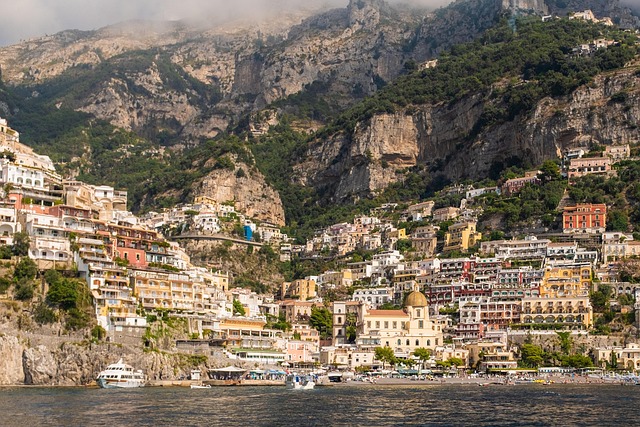Exploring Scenic Train Journeys Across Italy: What to Know
Italy’s rail network opens the door to breathtaking vistas and timeless cities, all from the comfort of a scenic train route. From coastal views in Cinque Terre to Alpine passes on the Bernina Express, traveling by train offers a relaxed, immersive way to experience the country’s cultural and natural diversity. This guide highlights notable itineraries and tour options across different price points. Those exploring routes often consider features like onboard amenities, regional access, and how rail passes compare to point-to-point tickets. Enthusiasts also weigh in on multi-day luxury tours versus flexible travel planning.

What Are Italy’s Most Popular Scenic Train Routes?
The Bernina Express connects Italy’s Tirano to Switzerland’s St. Moritz, showcasing spectacular Alpine views through panoramic windows. The Cinque Terre railway hugs the dramatic coastline between the five famous villages, offering unmatched Mediterranean vistas. For countryside charm, the slow train through Tuscany between Florence and Siena presents rolling hills dotted with cypress trees and medieval towns.
How Does Luxury Train Travel Enhance the Italian Experience?
The Venice Simplon-Orient-Express represents the pinnacle of luxury train travel in Italy, featuring restored 1920s carriages, gourmet dining, and impeccable service. Premium services include private cabins with en-suite facilities, champagne receptions, and four-course meals prepared by skilled chefs. These luxury trains transform transportation into an integral part of the vacation experience.
What Are the Benefits of Organized Italy Rail Tours?
Organized rail tours eliminate logistical challenges by handling reservations, transfers, and accommodations. Professional guides provide historical context and cultural insights at each destination. Tours typically combine major cities like Rome, Florence, and Venice with lesser-known gems, offering a comprehensive Italian experience without the stress of independent planning.
Which Seasons Are Best for Italian Train Travel?
Spring (April-May) and fall (September-October) offer ideal conditions for train travel, with comfortable temperatures and fewer tourists. Summer brings crowds and higher prices, while winter journeys through the Alps provide stunning snow-covered landscapes. The shoulder seasons also present better visibility for photography and more pleasant conditions for exploring destinations.
What Should Travelers Know About Italian Train Services?
High-speed trains (Frecciarossa, Italo) connect major cities with modern amenities and punctual service. Regional trains offer more scenic routes but operate at slower speeds. The difference between first and second class varies by train type - on high-speed services, first class includes larger seats and complimentary refreshments.
How Do Train Tour Costs Compare Across Providers?
| Tour Provider | Package Type | Duration | Estimated Cost (per person) |
|---|---|---|---|
| Belmond | Luxury Venice Simplon-Orient-Express | 2 days | $3,000-$4,500 |
| Railbookers | Classic Italy by Rail | 7 days | $1,500-$2,500 |
| Great Rail Journeys | Lakes & Mountains | 10 days | $2,000-$3,000 |
| ItaliaRail | City-to-City Passes | Flexible | $200-$500 |
Prices, rates, or cost estimates mentioned in this article are based on the latest available information but may change over time. Independent research is advised before making financial decisions.
Train travel through Italy combines practicality with romance, offering everything from budget-friendly regional services to world-class luxury experiences. Whether choosing an organized tour or planning an independent journey, the country’s rail network provides an environmentally conscious way to experience Italy’s diverse regions while enjoying comfort and convenience throughout the journey.




